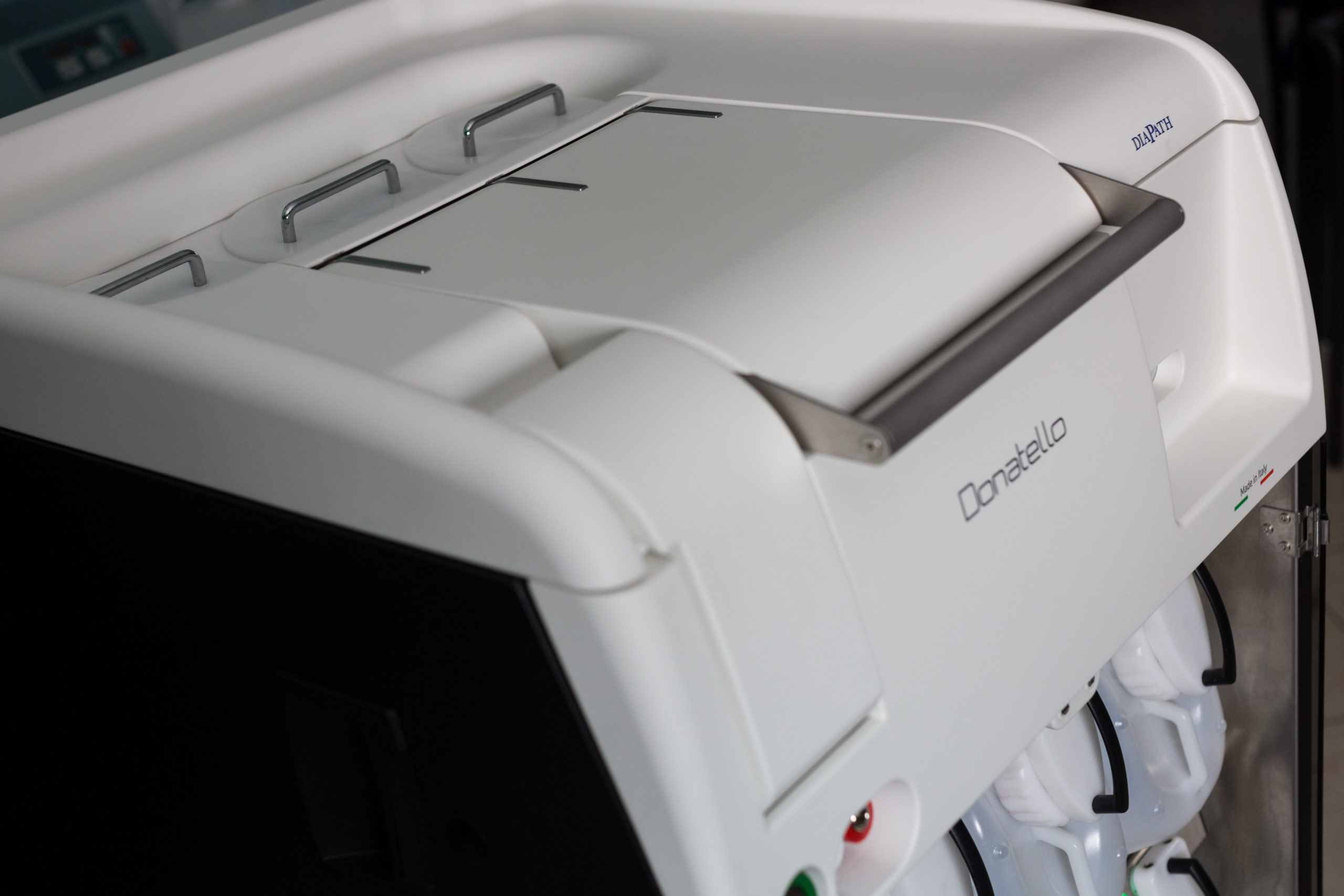
Liver Fat Dystrophy Associates with Gut Microbiota
DESCRIPTION
Liver fat dystrophy and Metabolic impairments were reported in subjects with Alzheimer’s disease (AD), highlighting the role of the liver–adipose–tissue–brain axis in AD pathophysiology.
The gut microbiota might play a modulating role. We investigated the alterations to the liver and white/brown adipose tissues (W/BAT) and their relationships with serum and gut metabolites and gut bacteria in a 3xTg mouse model during AD onset (adulthood) and progression (aging) and the impact of high-fat diet (HFD) and intranasal insulin (INI).
Glucose metabolism (18FDG-PET), tissue radiodensity (CT), liver and W/BAT histology, BAT-thermogenic markers were analyzed. 16S-RNA sequencing and mass-spectrometry were performed in adult (8 months) and aged (14 months) 3xTg-AD mice with a high-fat or control diet.
Generalized and HFD resistant deficiency of lipid accumulation in both liver and W/BAT, hypermetabolism in WAT (adulthood) and BAT (aging).
An abnormal cytokine–hormone profiles, and liver inflammation were observed in 3xTg mice; INI could antagonize all these alterations.
Specific gut microbiota–metabolome profiles correlated with a significant disruption of the gut–microbiota–liver–adipose axis in AD mice.
In fact, Fat dystrophy in the liver can contribute to AD progression, and associates with altered profiles of the gut microbiota, which candidates as a target for intervention.